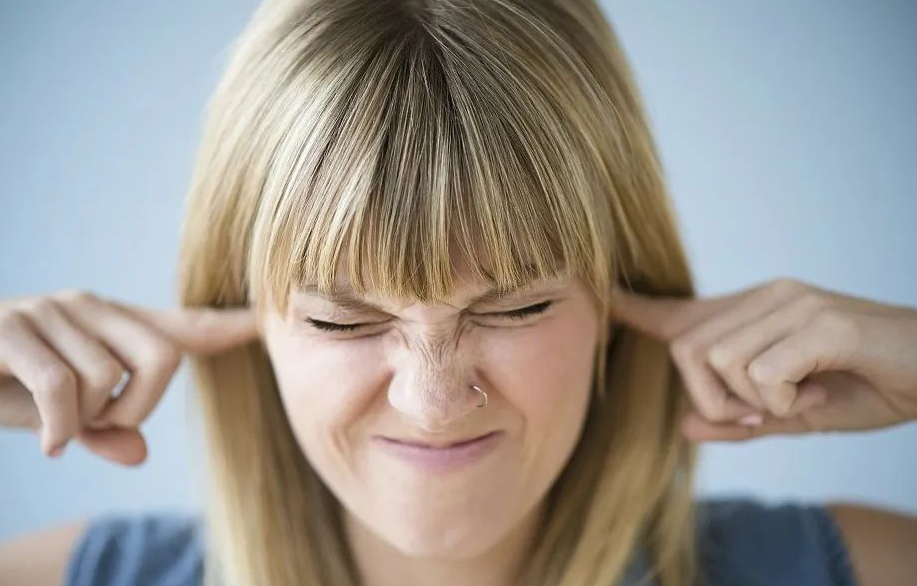
When listening to stereo music for infants and young children, be sure to turn down the volume
Give your child headphones to listen to music, although the child may calm down as the adult wants, it may pay the price of hearing damage.
When babies are bored, the world of the adults around them collapses. When the child is crying, many people really want to divert the child's attention by playing music and stories.
Maybe some new fathers don't think so: "Give your child headphones to listen to music and stories, it will damage the hearing?"
Children, especially infants and young children, are the most vulnerable to noise pollution and hearing diseases, sudden sound, noisy noise, may be the culprit of deprivation of hearing.
Infants and young children are often in the absence of pain, hearing "quiet chicken" decline.
The ear consists of an outer ear, a middle ear and an inner ear. The outer ear includes the auricle, the outer auditory canal and the tympanic membrane. The auricle and external auditory canal collect sound waves and transmit them to the eardrum. The tympanic membrane vibrates to transmit this movement to the ossicular chain of the middle ear, and to the inner ear through the fine ossicular chain.Therefore, the outer ear and the middle ear are also called voice transmitters. The inner ear is the sensory organ of hearing and consists of the semicircular canal and the cochlea. The cochlea is filled with fluid that transmits vibrations to hair cells, which convert them into electrochemical signals acceptable to the auditory nerve. It stimulates the auditory nerve, forming nerve impulses that travel to the brain. At this point, the nerve impulse is translated into the sound we hear.
Keep the volume down when the baby listens to music
It was previously thought that the main cause of noise-induced inner ear damage was mechanical damage, but new population data and a large number of animal experiments have shown that the hair cells on the cochlea are the key to hearing damage. Zhang Guanping stressed that hair cells are non-regenerative, and one loses one.
High decibels overstimulate hair cells, the small but sophisticated "sensory receptors" in children's inner ears. Once they are damaged, they can no longer transmit sound to the brain.
The organs of hearing are still developing and very fragile. At this time, wear stereo headphones to listen to music, sound pressure is directly transmitted to the very thin eardrum to stimulate the auditory organs, so that it is abnormally excited, long-term use is easy to cause auditory fatigue, damage the auditory organs.
Therefore, when giving babies and toddlers stereo music, be sure to turn down the volume and let them listen for a while and rest for a while. Doctors never recommend putting music on headphones for infants and toddlers.
Adults should learn how to calculate 'safe listening time'
Many adults don't learn to listen to music properly. Listening to music causes hearing damage, mainly based on "excessive sound intensity" and "listening to music for a long time" two indicators. The WHO pointed out that the safe length of listening time is related to the decibel level of headphones.
Adults should learn to calculate "safe listening time". In short, under 85 decibels, the safe listening time is 8 hours; 90 decibels for 2 hours 30 minutes; 95 decibels for 47 minutes; When the sound reaches 100 decibels, the safe listening time is only 15 minutes. It is important to note that once we exceed the prescribed listening time, it will cause permanent damage to our hearing and even the brain.
In daily life, whether on the bus, subway, or walking on the road, I believe we have seen many people who wear ear plugs to listen to music, in noisy public places, buses and subways and other environments, in order to be able to cover the surrounding sound will hear the music more clearly, people will unconsciously adjust the volume. The noise in the subway is 80 to 100 decibels, and if you want to hear the music clearly with flat earplugs, the volume should be at least 90 decibels or more. Such long-term loud and high-decibel sound stimulation can bring irreversible damage to hearing and even lead to inflammation.
Experts point out that whether adults or children, the following four points should be done to protect hearing:
-
Stay away from all kinds of high decibels to avoid noise pollution
-
Sleep without headphones
-
Reduce the amount of time you spend listening to music at a time
-
Say no to rough ear injuries

